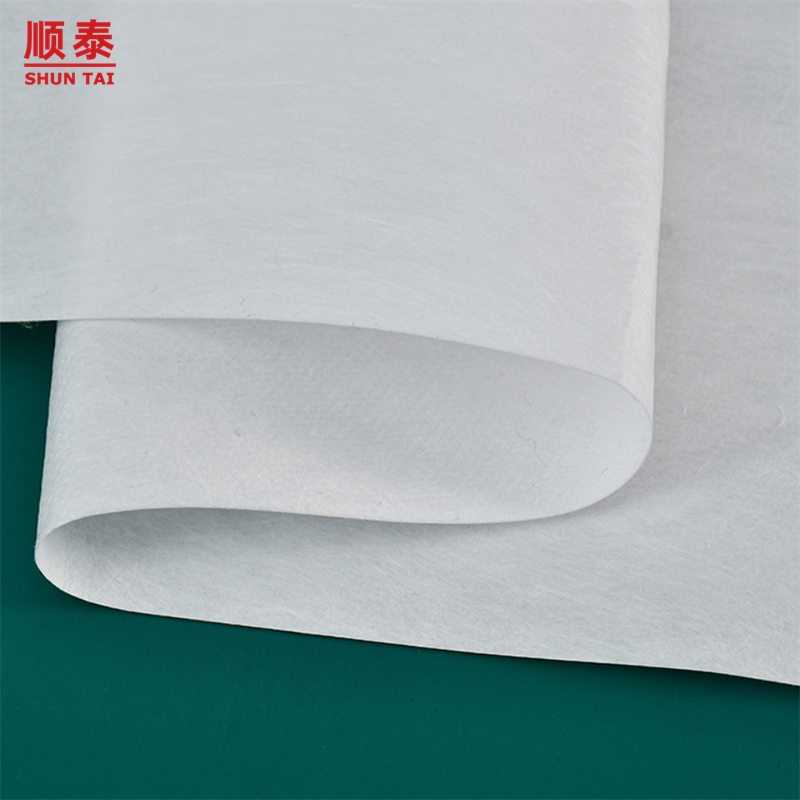
Understanding the Three Main Types of Nonwoven Fabric
In the ever-evolving world of textiles, nonwoven fabrics have emerged as a versatile and innovative solution for various industries.it's crucial to understand the intricacies of these fabrics to effectively promote your products or services. In this article, we will explore the three main types of nonwoven fabric, their raw materials, and highlight the advantages of BFE99+ Meltblown Nonwoven Fabric.
I. Introduction to Nonwoven Fabrics Nonwoven fabrics are a type of textile that doesn't require weaving or knitting. They are created by bonding fibers together using mechanical, thermal, or chemical methods. The result is a lightweight, breathable, and cost-effective material with a wide range of applications.
II. The Three Main Types of Nonwoven Fabric
Drylaid Nonwoven Fabric: This type of nonwoven fabric is made by mechanically aligning fibers in a web formation. It can be further categorized into needle-punched, stitch-bonded, and thermally bonded fabrics.
Wetlaid Nonwoven Fabric: Wetlaid nonwovens are manufactured by suspending fibers in water and then forming them into a web using a paper-making process. Examples include airlaid and wet-laid nonwovens.
Spunbonded Nonwoven Fabric: Spunbonded nonwovens are produced by extruding molten polymer through spinnerets and cooling the filaments to form a continuous web structure. This type of nonwoven fabric is widely used in medical, hygiene, and packaging applications.
III. Raw Materials for Meltblown Nonwoven Fabric Meltblown nonwoven fabric is a critical component in many applications, particularly in the production of high-quality face masks. The raw materials used in meltblown nonwoven fabric production include:
Polypropylene (PP): Polypropylene is the most commonly used raw material for meltblown nonwoven fabric due to its excellent balance of properties, including high strength, elasticity, and resistance to chemicals and heat.
Polystyrene (PS): Polystyrene is another raw material used in meltblown nonwoven fabric production, offering good clarity, low moisture absorption, and excellent electrical insulating properties.
Polyester (PET): Polyester provides excellent durability, dimensional stability, and resistance to abrasion and chemicals, making it suitable for specific applications such as filtration and battery separators.
IV. BFE99+ Meltblown Nonwoven Fabric: A Superior Choice BFE99+ Meltblown Nonwoven Fabric stands out among its competitors due to its exceptional features and benefits:
High Filtration Efficiency: BFE99+ Meltblown Nonwoven Fabric offers superior filtration efficiency, capturing more than 99% of bacteria and particles, making it an ideal choice for medical and personal protective equipment.
Breathability: Despite its high filtration efficiency, BFE99+ Meltblown Nonwoven Fabric maintains excellent breathability, ensuring comfort during extended use.
Durability: BFE99+ Meltblown Nonwoven Fabric exhibits outstanding durability and resistance to wear and tear, making it a reliable choice for various applications.
Versatility: BFE99+ Meltblown Nonwoven Fabric can be used in multiple industries, including healthcare, automotive, construction, and agriculture, among others.
understanding the unique characteristics of nonwoven fabrics and their various types will enable you to effectively showcase the benefits of BFE99+ Meltblown Nonwoven Fabric to potential clients. By highlighting its high filtration efficiency, breathability, durability, and versatility, you can position your product or service as a premium choice in the market.